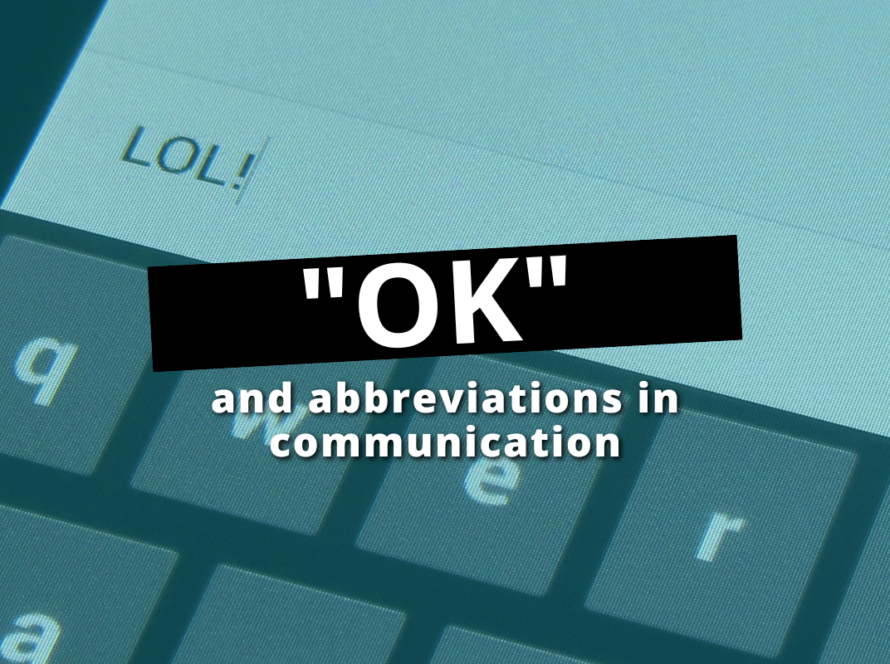In today’s modern communication landscape, crisis management has become a crucial element for any company or public figure. A recent example that highlights the importance of effective crisis management is the case faced by the Ordine delle Professioni Infermieristiche (Order of Nursing Professionals) of Turin, which was mistakenly involved in a news event. This was promptly debunked by our press office. The story, which circulated in the media, reported on a woman involved in an accident with a young girl. The media identified the woman as a nurse, sparking outrage and potentially damaging the reputation of the entire nursing profession. This mistake was driven by the need to sensationalise the headline and was caused by the media’s failure to verify sources.
What is crisis management?
Crisis management refers to the strategies and actions taken to address and resolve crises in companies and organisations that could harm the reputation of a brand or public figure. Crisis management goes beyond just responding to emergencies; it also includes preparing and planning communication protocols to prevent future issues.
The case of OPI Turin: a lesson in crisis management
In the recent incident, the quick response from our press office, in collaboration with the organisation’s leadership, played a crucial role in managing the crisis. The spread of false news could have had a negative impact on nursing’s image, a profession already under pressure due to issues like medical malpractice and the pandemic. The misleading headline caused confusion and risked undermining public trust in an essential profession for our society. The swift and accurate clarification, communicated through official channels, restored the truth and protected the reputation of the healthcare organisation and the nursing profession as a whole. This incident demonstrates the importance of having a well-structured crisis management plan ready to deploy at any moment.
Key elements of effective crisis management
- Constant Monitoring: The first step in good crisis management is continuous monitoring of news and online conversations. This helps identify potential crises before they escalate.
- Readiness and Speed: In crisis situations, time is a critical factor. It’s necessary to act quickly to control the narrative and limit the damage.
- Transparent Communication: Being clear and transparent with the public is essential to maintain trust. Providing accurate and timely information prevents the spread of further falsehoods.
- Emergency Plan: Every company should have a predefined crisis management plan, including clear protocols for who should do what and when. This involves designating a crisis team, defining key messages, and preparing press releases in advance.
- Post-Crisis Evaluation: After handling a crisis, it’s important to assess what worked and what didn’t. This helps improve processes for dealing with future crises more effectively.
Crisis management for handling tough situations
Every company and brand, whether they want to or not, will face a crisis at some point: a wrong statement, a faulty product —these are often communication errors.
Samsung found itself at the centre of a global crisis when some Galaxy Note 7 devices started exploding due to battery issues. Initially, Samsung tried to manage the situation by recalling defective devices and replacing them. However, the new models had the same defect. This led to the product being pulled from the market entirely, resulting in huge financial and reputational damage. The lesson: while Samsung acted by recalling the devices, the crisis worsened because the original problem wasn’t resolved. A quicker and more decisive response could have mitigated some of the damage. This case demonstrates the importance of addressing crises with immediate and concrete solutions.
The Tylenol case (Johnson & Johnson, 1982)
One of the most famous examples of good crisis management is the Tylenol case. In 1982, after seven people died from taking Tylenol capsules contaminated with cyanide, Johnson & Johnson decided to immediately pull all products from the market, despite uncertainty about whether the contamination occurred in the factory or elsewhere. The company then introduced tamper-proof packaging, restoring trust in the product. Transparency, quick action, and a commitment to consumer safety were key elements for Johnson & Johnson, allowing the company not only to contain the crisis but also to enhance its long-term reputation.
Anticipating events
The cases mentioned illustrate how efficient crisis management can make the difference between permanent reputational damage and a swift resolution. The key to success in such situations is a well-planned crisis management strategy, ready to be activated when needed. For companies and public figures, it’s essential to always be prepared and know how to respond appropriately to protect their image and reputation. Investing in the training and preparation of a dedicated crisis management team is no longer an option, but a necessity for anyone aiming to successfully navigate the complex and dynamic world of today’s communication.





